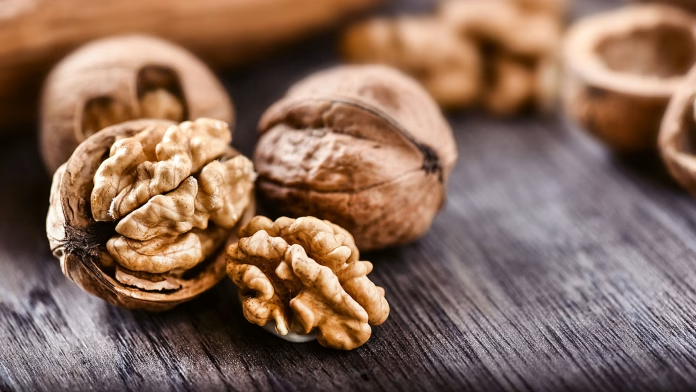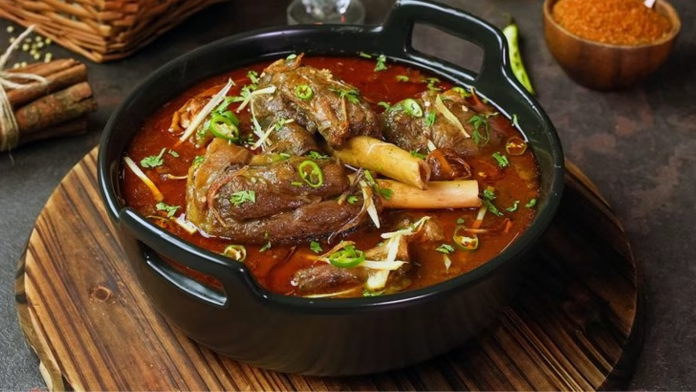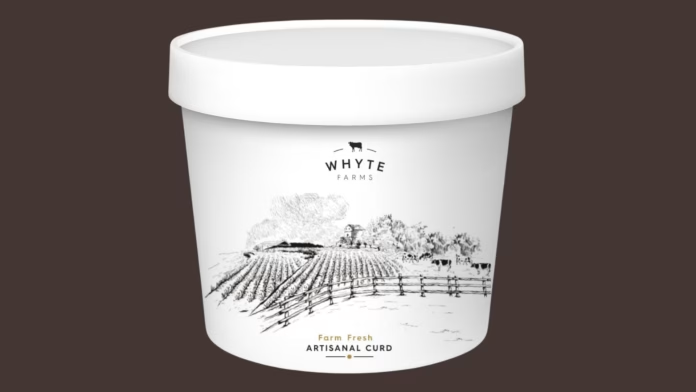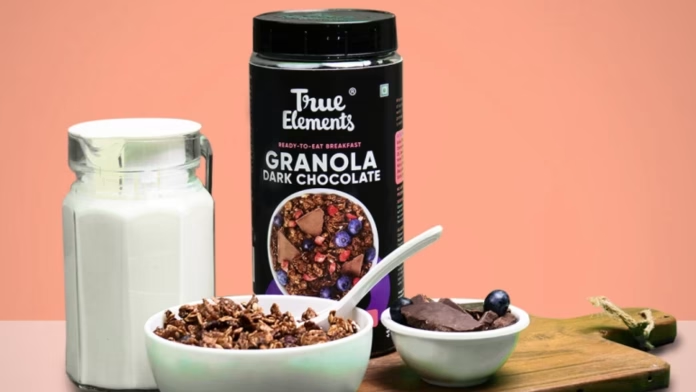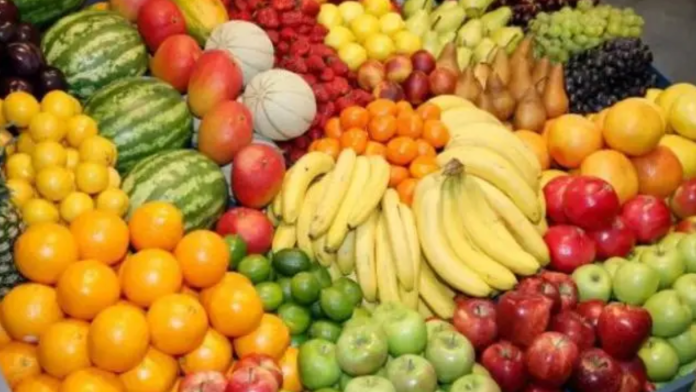One of the best ways to unwind after a long day is to Netflix and chill with some delicious popcorn. Popcorn has become the ultimate snack for movie nights and binge-watching sessions. But with so many different brands of popcorn available, it can be tough to choose the perfect one for your Netflix and chill experience.
In this article, we will discuss the best popcorn brands to enjoy while watching your favorite shows and movies on Netflix. These brands have been carefully selected for their delicious taste, quality, and variety of flavors.
4700 BC Popcorn:
If you’re looking for a popcorn brand that offers something unique and flavorful, 4700 BC Popcorn is the perfect choice. This brand is known for its gourmet popcorn, which is made with 100% natural ingredients and comes in a variety of exciting flavors. Some of the most popular flavors include Himalayan Pink Salt, Caramel, and Cheese & Herbs.
What sets 4700 BC Popcorn apart is its unique cooking process, which involves air-popping the kernels and then hand-crafting each batch. This process ensures that each kernel is perfectly popped and coated with the delicious flavors.
ACT II:
ACT II is a classic popcorn brand that has been around for over 30 years. This brand is known for its buttery and salty popcorn, which is perfect for those who love the traditional movie theater popcorn taste.
ACT II offers a variety of flavors, including Butter, Extra Butter, and Movie Theater Butter. The brand also offers microwave popcorn, which makes it easy to enjoy delicious popcorn at home while watching your favorite shows and movies on Netflix.
PopCorn & Co:
PopCorn & Co is a gourmet popcorn brand that offers a wide range of delicious and unique flavors. This brand is known for its high-quality ingredients and attention to detail when it comes to flavor.
Some of the most popular flavors from PopCorn & Co include Truffle & Parmesan, Sea Salt & Cracked Pepper, and White Cheddar. The brand also offers seasonal flavors, such as Pumpkin Spice and Gingerbread.
Pipcorn:
Pipcorn is a popcorn brand that is known for its small and crunchy kernels. This brand uses non-GMO corn and offers a variety of unique and delicious flavors.
Some of the most popular flavors from Pipcorn include Truffle, Sea Salt, and Kettle. This brand also offers popcorn snacks, such as popcorn chips and popcorn balls, which are perfect for sharing with friends during your Netflix and chill session.
The Crunch Box:
The Crunch Box is a popcorn brand that offers unique and exciting flavors. This brand is known for its gourmet popcorn, which is made with high-quality ingredients and comes in a variety of flavors.
Some of the most popular flavors from The Crunch Box include White Cheddar, Honey Mustard, and Ranch. This brand also offers popcorn snacks, such as popcorn clusters and popcorn mix, which are perfect for sharing with friends.
DecaDent Popcorn:
DecaDent Popcorn is a gourmet popcorn brand that offers a variety of flavors, including sweet and savory options. This brand is known for its high-quality ingredients and attention to detail when it comes to flavor.
Some of the most popular flavors from DecaDent Popcorn include Salted Caramel, White Cheddar, and Birthday Cake. The brand also offers popcorn gifts, such as popcorn tins and gift baskets, which are perfect for sharing with friends and family.
Ultra Pop:
Ultra Pop is a popcorn brand that offers a wide range of flavors, including classic and unique options. This brand uses high-quality ingredients and offers a variety of popcorn sizes, making it easy to find the perfect option for your Netflix and chill session.
Some of the most popular flavors from Ultra Pop includeClassic Butter, Caramel, and White Cheddar. This brand also offers a variety of specialty flavors, such as Spicy Sriracha and Dill Pickle, for those who want to try something new and exciting.
Choosing the perfect popcorn brand for your Netflix and chill session is an important decision. Each of the brands mentioned above offers unique and delicious flavors that are perfect for any movie night or binge-watching session. Whether you prefer classic buttery popcorn or want to try something more unique and gourmet, these brands have something to offer for everyone. So sit back, relax, and enjoy your favorite shows and movies with a delicious bowl of popcorn from one of these top brands.



